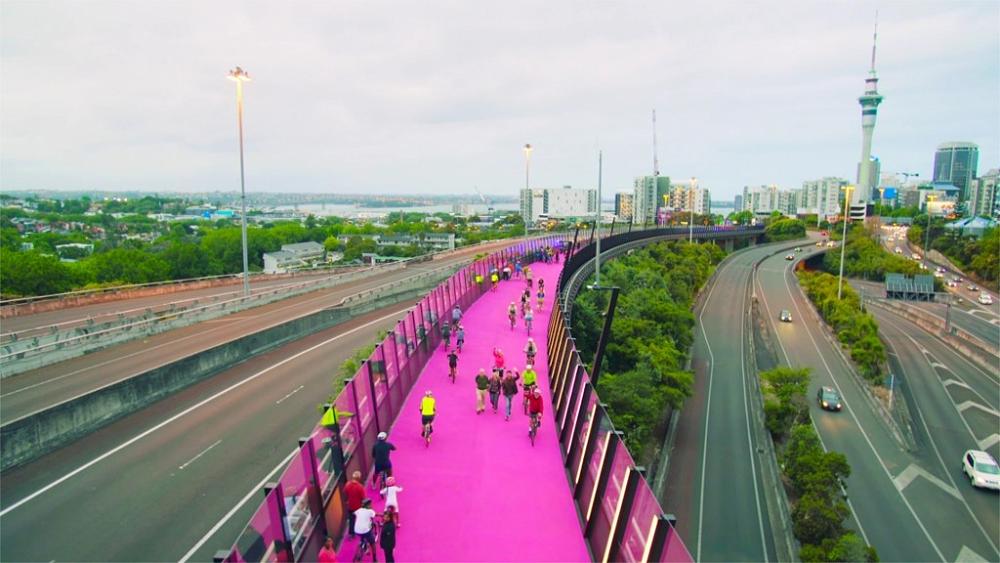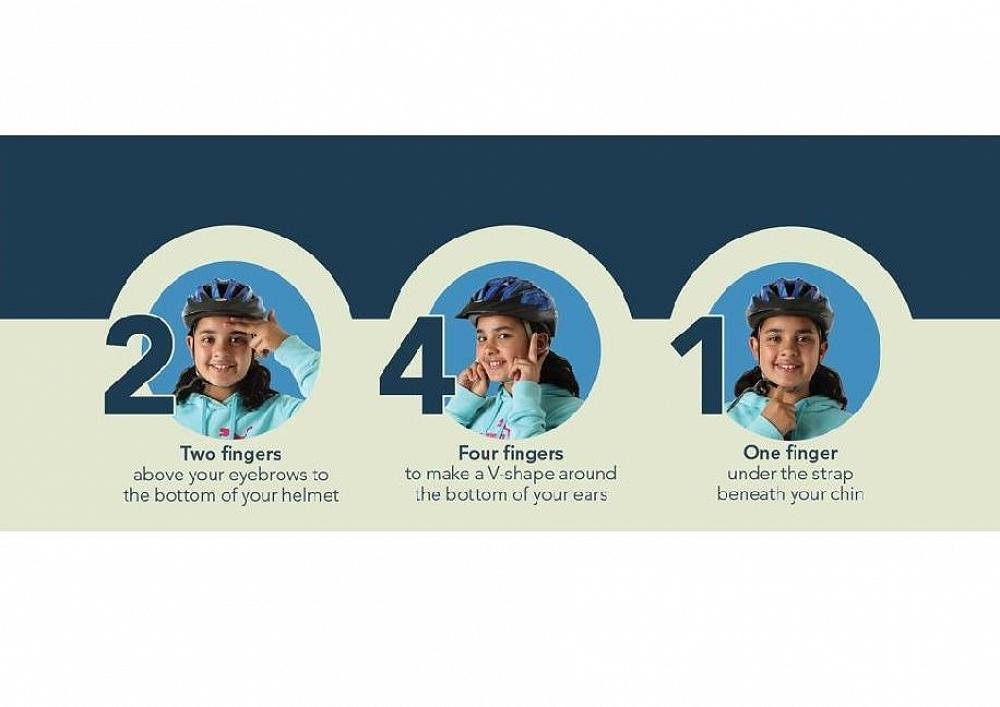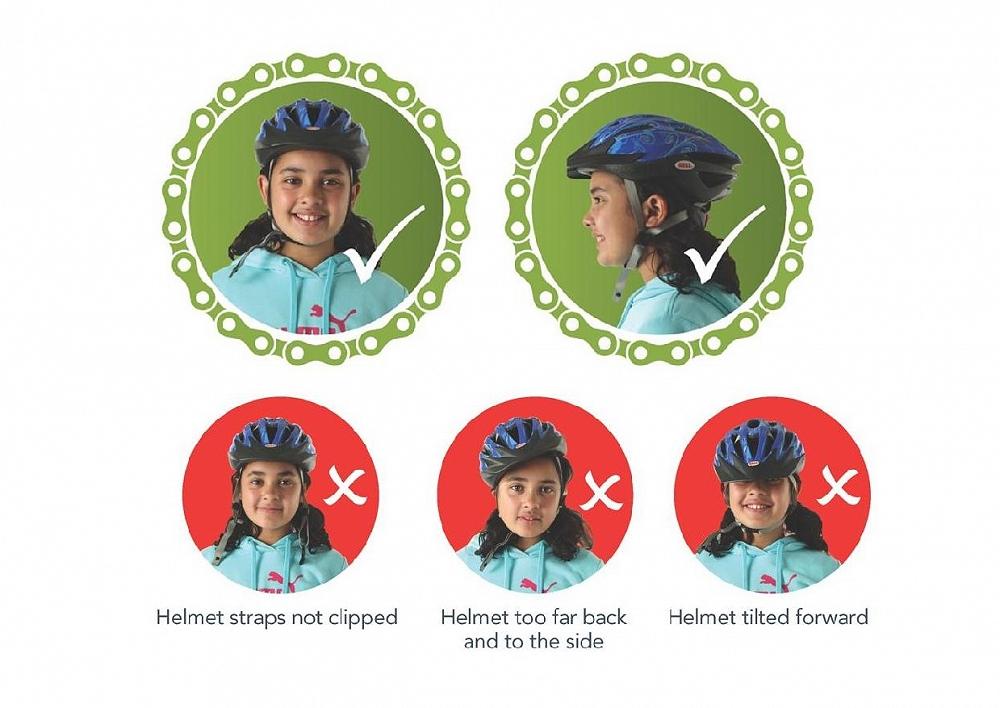
It is Bike Month!
With this beautiful weather why not get the whole family out and about on their bikes?
The Nelson Street Cycleway which connects Upper Queen Street to Quay Street is a shared-use path which offers a safe and fun way for families to enjoy cycling together. So if you do not already have plans for the weekend why not check it out!
In New Zealand it is a legal requirement to wear a helmet when riding a bike. It is important to ensure that the helmet is in good condition, standards approved, the right size and is worn correctly.
To check a helmet condition
As well as being the law in New Zealand, it's a great idea to wear an undamaged, well fitting helmet when riding a bike. The helmet must be a certified bike helmet and not one designed for other sports such as skateboarding. Find out more details and information about riding gear.
It doesn't matter so much if the plastic shell of the helmet is scratched, but it's important to check the inside polystyrene.
Hold the helmet so the inside faces up.
Work your way around the edges, gently trying to pull it apart to see if any cracks appear.
If it is cracked, it will need to be replaced as helmets are designed to only absorb one impact, so in an accident, the helmet will not protect you as well as it should.
If the helmet is dropped, check it before wearing it again.
To correctly fit a helmet
Place the helmet so that it sits flat with a two-finger width gap between the eyebrows and the helmet rim. If the helmet has an adjustable cage at the back, tighten it so that the helmet is snug.
Adjust the side straps, checking that there is no fraying or twists. On each side there is a buckle which should sit right beneath the earlobe.
Tighten up the chin strap so that you are not able to pull it up and over your chin.


Key points to remember
Every time you put your helmet on, spend time making sure the fit is correct. In an accident, if the helmet is not on correctly, or not done up, then it will not be as efficient at protecting your head.
Don't wear a hat or beanie underneath your helmet. These cause the helmet to not sit correctly, and in an accident, the hat will knock the helmet out of place so it doesn't protect you.
When purchasing a helmet for a child it's best to go for one that fits them at the time, rather than one that they will grow into. Helmets with rear retention systems will help with this as you can get a snug fit as their heads grow.
Be wary of buying a second hand helmet. Even if it looks okay, it may have been damaged. It's worth noting too that helmets do have a recommended shelf life of around 5 years which means even if they are not damaged, they should be replaced once they get that old.
Helmets are a secondary safety measure. They do not prevent collisions and should not be seen as a substitute for proper cycle safety training.